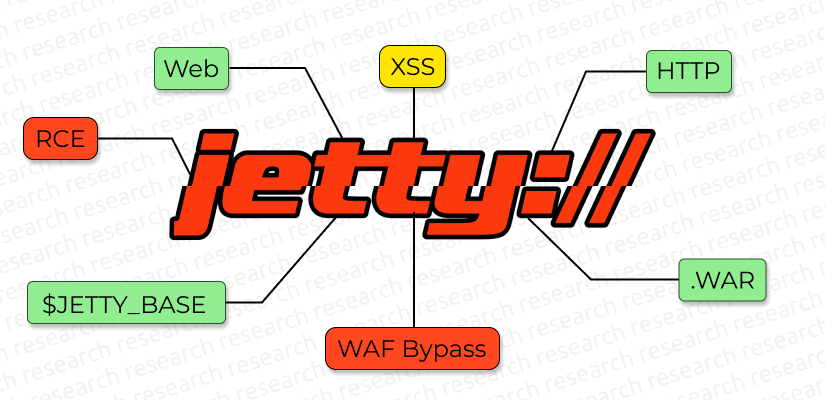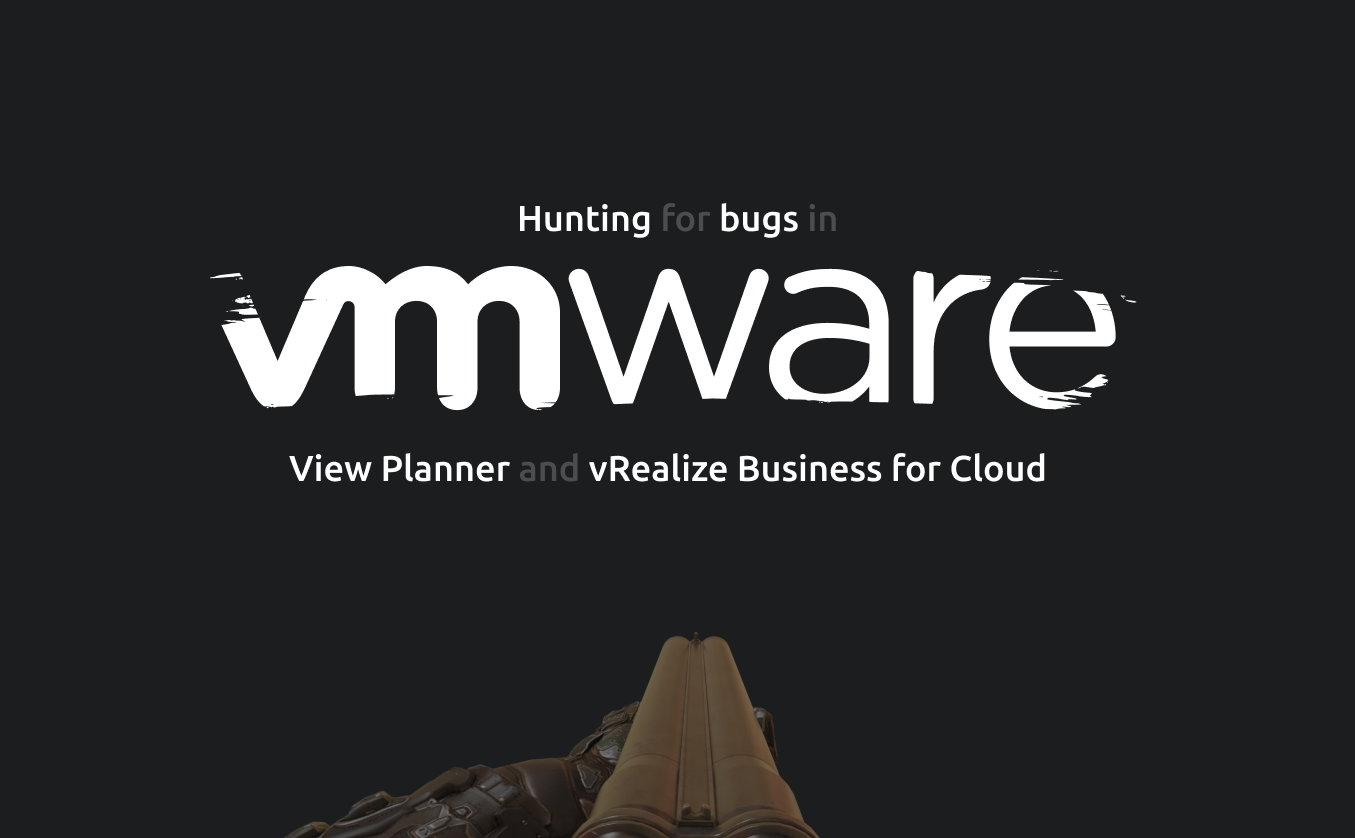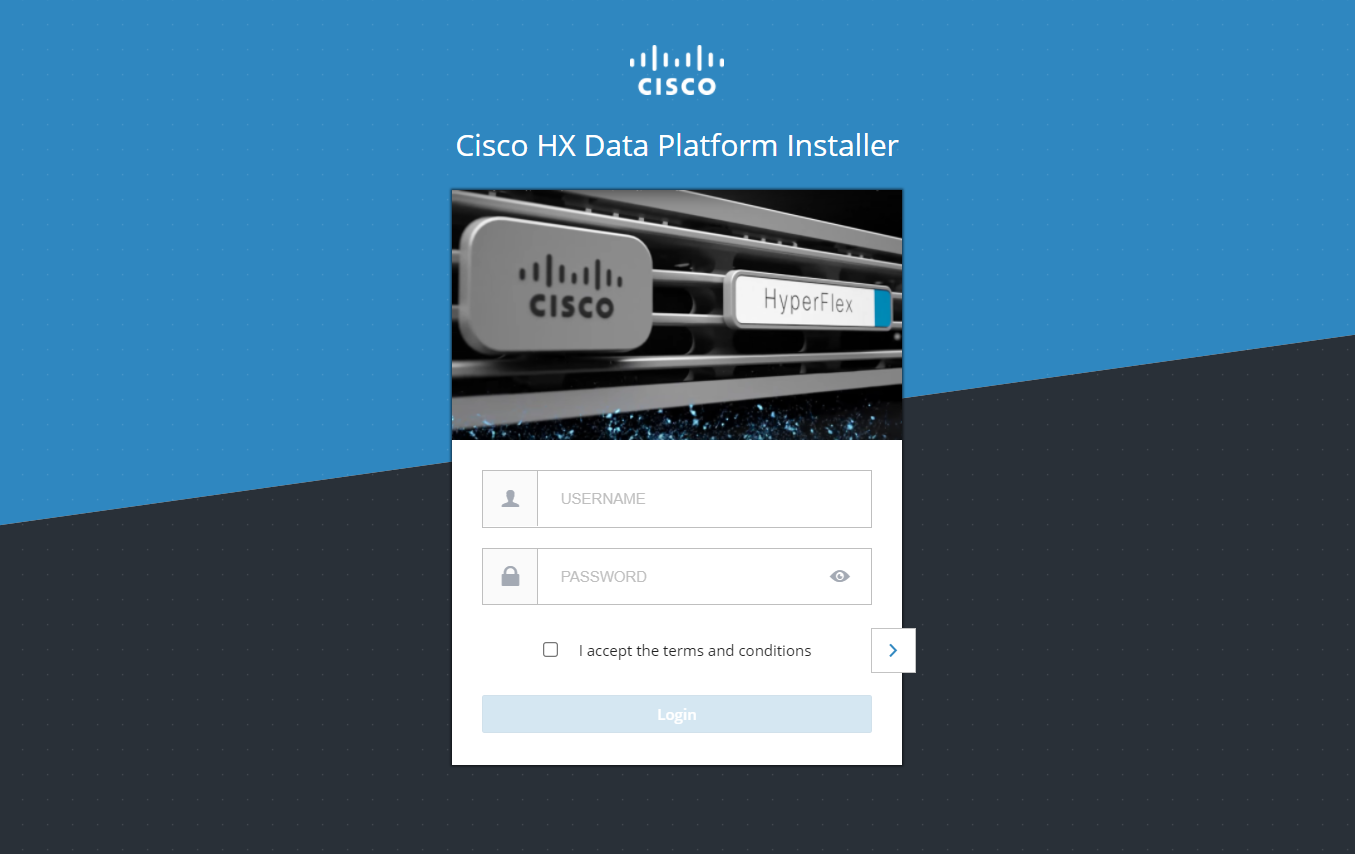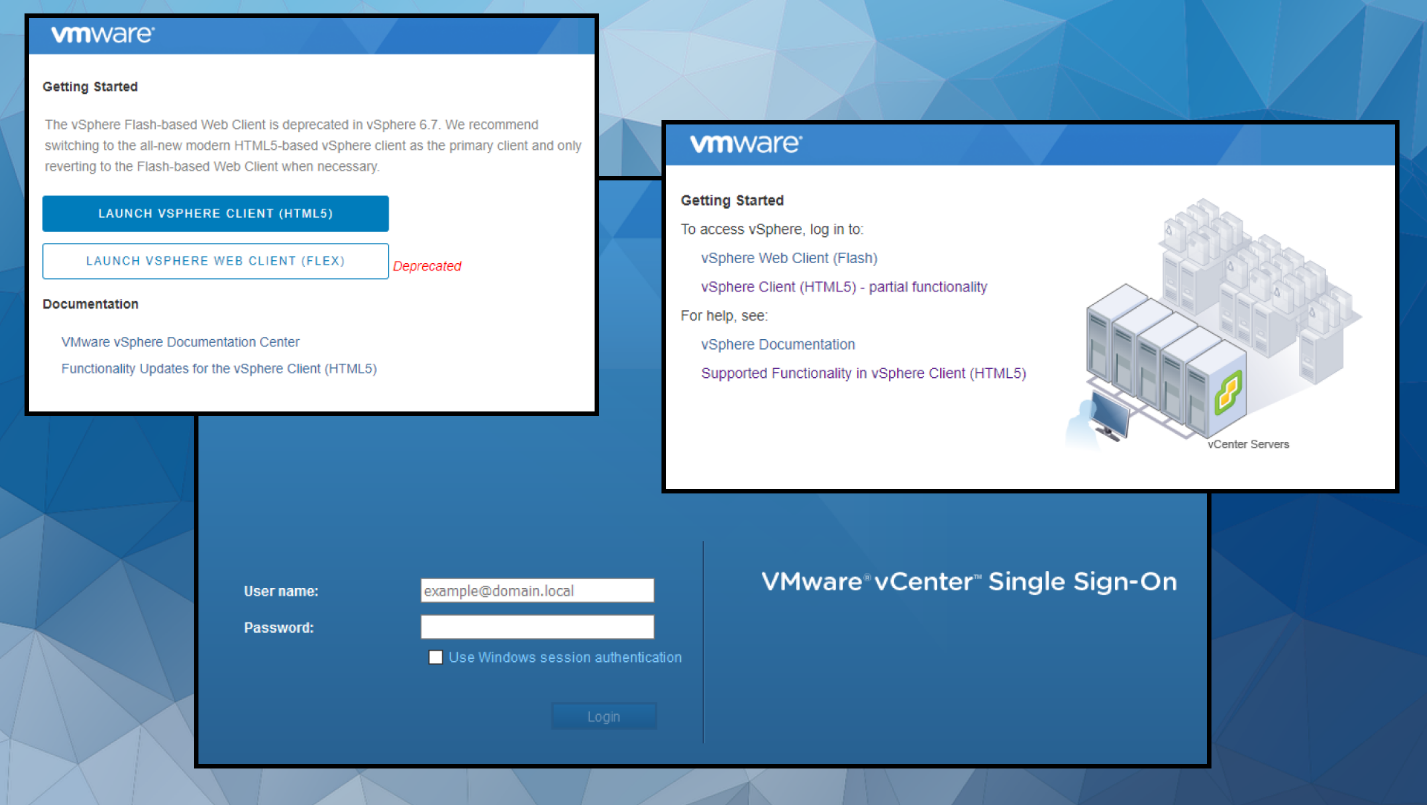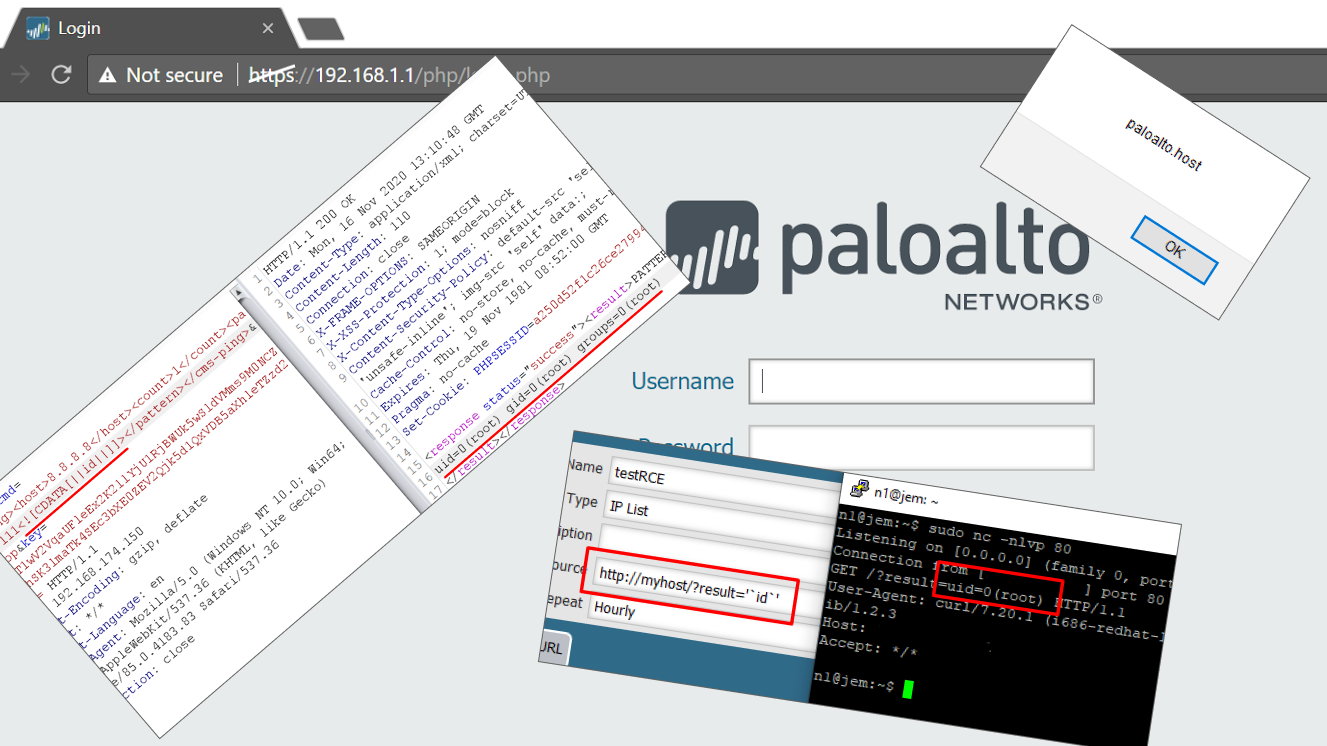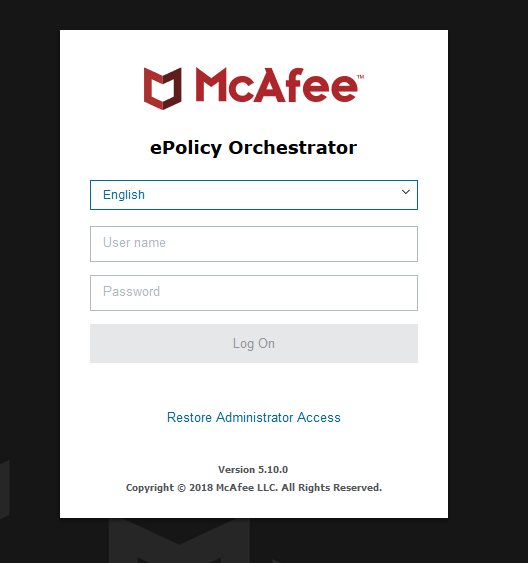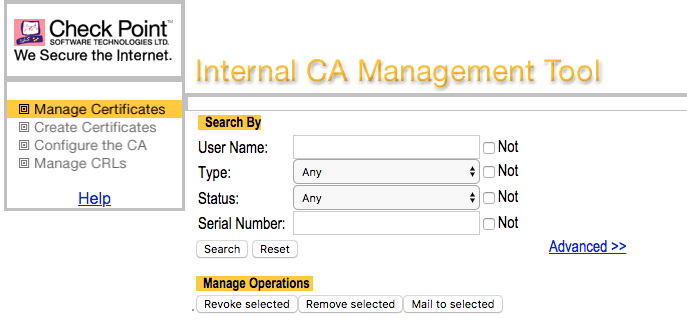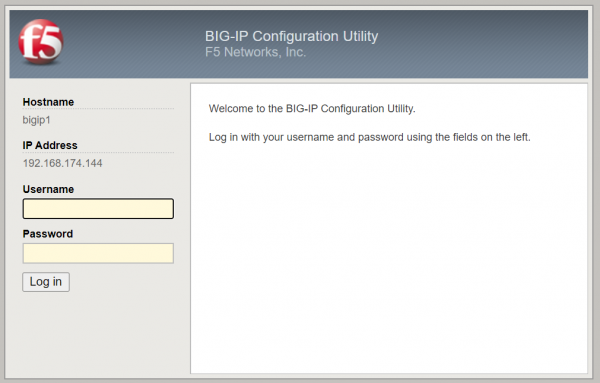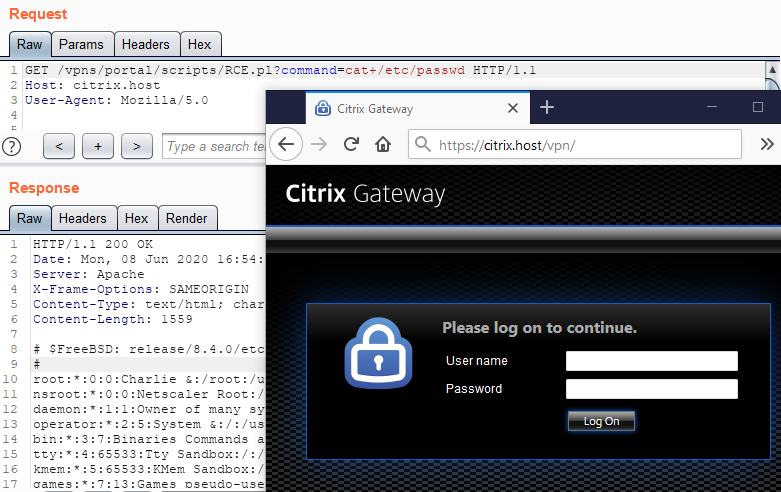To properly assess the security of a web application, it’s important to analyze it with regard to the server it will run on. Many things depend on the server, from processing user requests to the easiest way of achieving RCE. Armed with knowledge about the server, we can identify vulnerabilities in an application and make it more secure.
In this article we’ll look at Jetty, a well-known web server and Java web container that is typically deployed behind an Apache or NGINX proxy server. Here’s what we’ll cover:
- How to find paths to all web applications on the server.
- How to achieve RCE using an XML file.
- How to bypass a web application firewall and remain unnoticed.
